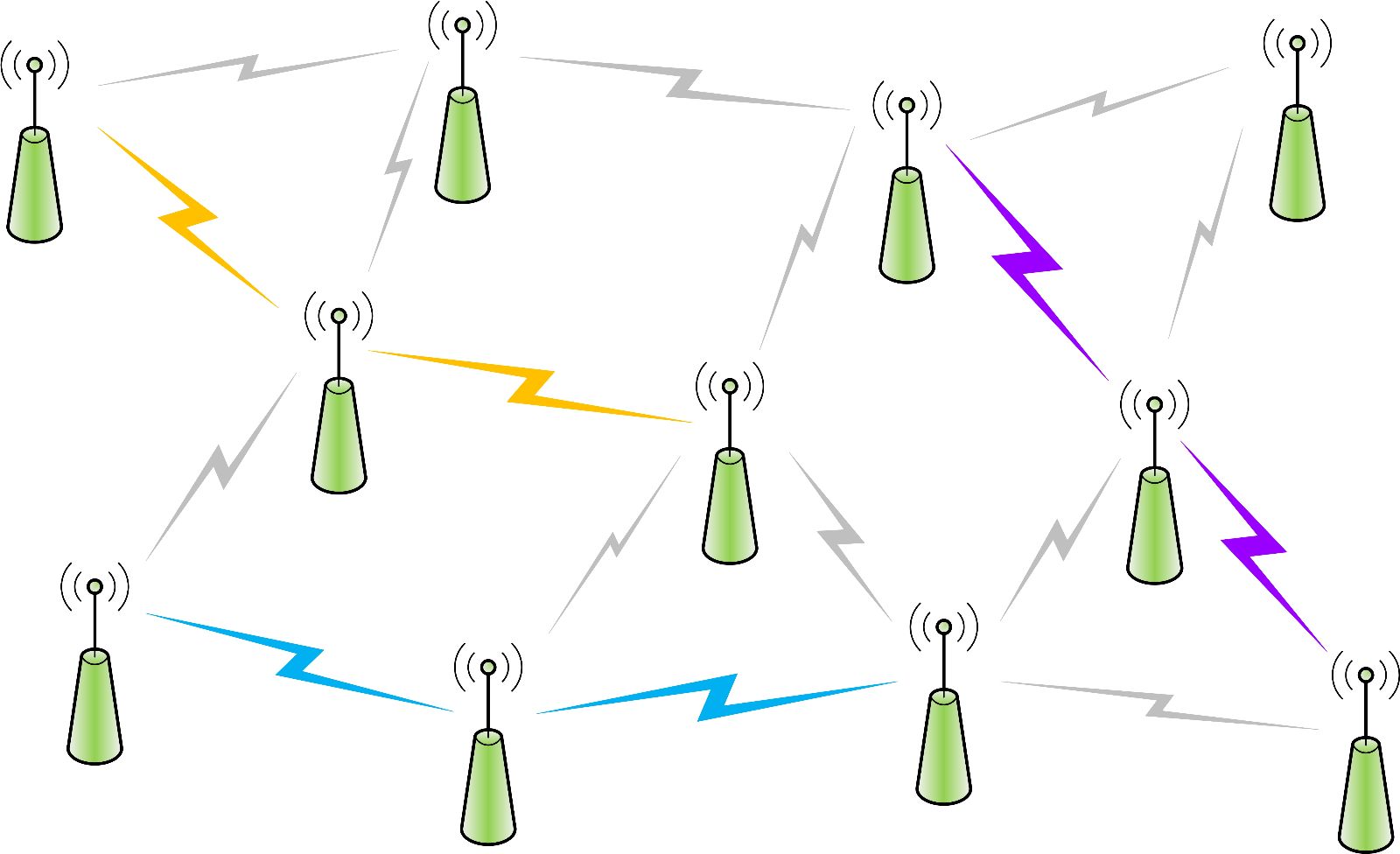|

Overview:
Two-way relaying can significantly improve performance of next generation wireless networks. However, due to its dependence on multi-node cooperation and transmission coordination, applying this technique to a wireless network in an effective and scalable manner poses a challenging problem. To tackle this problem without relying on complicated scheduling or network optimization algorithms, we propose a scalable random access scheme that takes measures in both the physical layer and the medium access control layer. Specifically, we propose a two-way relaying technique that supports fully asynchronous transmission and is modulation-independent. On the top of this new physical layer technique, a random access MAC protocol, called A++, is designed to dynamically form two-way relaying cooperation in a wireless network with Asynchronous transmission and Asymmetrical flows.
People: Wenguang Mao
Papers:
X. Wang and W. Mao, “Analog Network Coding Without Restrictions on Superimposed Frames,” IEEE Transactions on Networking, to appear.
W. Mao, X. Wang, A. Tang, and H. Qian, “ANC-ERA: Random Access for Analog Network Coding in Wireless Networks,” IEEE Transactions on Mobile Computing, to appear.
|